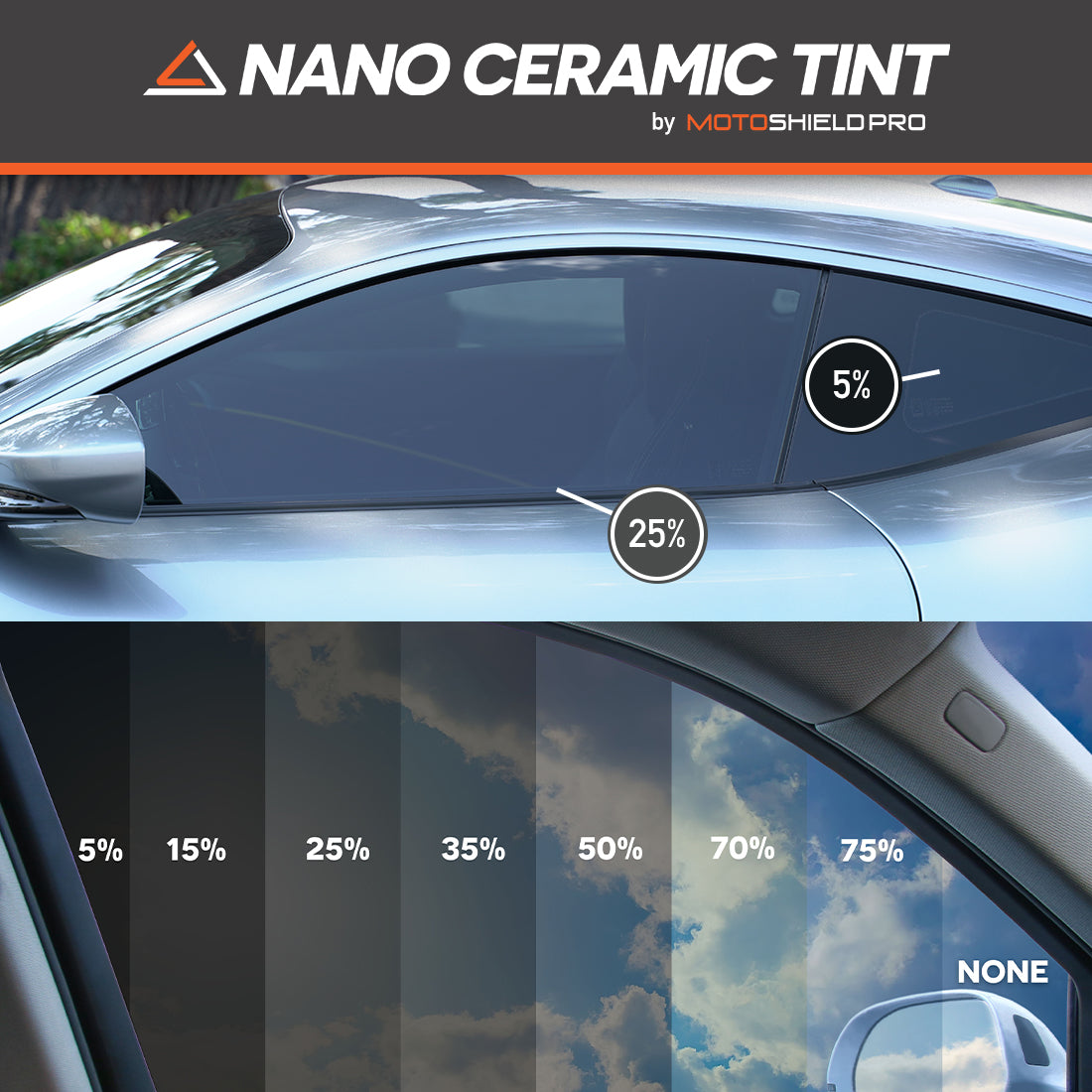Home Window Tinting Regulations and Guidelines: What You Required to Know Prior To Tinting Your Vehicle
Before proceeding with home window tinting for your automobile, it is essential to acquaint yourself with the varied laws and guidelines that control this technique across various states. These guidelines determine the acceptable degrees of tint darkness, often determined by visible light transmission (VLT) portions, and consist of particular specifications for front windscreens aimed at ensuring road safety and security.
Overview of Home Window Tinting Laws
Home window tinting laws are frequently based on variation across various territories, showing neighborhood regulations and security considerations. These laws determine the permissible levels of color darkness and reflectiveness on vehicle home windows, guaranteeing that chauffeurs keep adequate visibility while likewise shielding versus unsafe UV rays and heat.
Most regulations identify window tinting based on the Visible Light Transmission (VLT) percent, which shows the amount of light that can go through the window. Usually, reduced VLT percents symbolize darker tints. Regulations frequently differentiate between the front, side, and rear home windows, with more stringent limitations put on the front windscreen to improve security for both the driver and other road users.
Furthermore, some territories enforce limitations on the reflectivity of the color, stopping extreme glow that can harm presence. Exceptions to these laws may exist for individuals with particular medical conditions requiring added sun defense. Compliance with home window tinting guidelines is important, as violations can cause fines, obligatory elimination of the color, and potential increases in insurance policy premiums. It is necessary for vehicle owners to familiarize themselves with local regulations before continuing with home window tinting installments.
State-by-State Tint Rules
Recognizing the particular home window tinting policies in each state is crucial for automobile owners seeking to abide by the legislation. Each state in the U.S. has developed its own set of guidelines governing window tinting, which can vary dramatically. These laws often dictate the allowed degrees of tint darkness, the kinds of windows that can be tinted, and any clinical exceptions that might apply.
For instance, states like The golden state have strict restrictions on tint darkness for front home windows, while others, such as New Mexico, may allow darker colors. Additionally, particular states mandate details visibility percentages for various home windows, consisting of the windshield, front side windows, and back windows. It is crucial for car owners to acquaint themselves with their state's regulations to avoid possible fines or penalties.
Additionally, some states might call for an accreditation sticker to be positioned on colored windows, showing compliance with state regulations. Failure to stick to these laws not only takes the chance of legal consequences but can also affect safety and security and visibility while driving. For that reason, vehicle owners need to conduct complete research or consult neighborhood authorities to make certain complete understanding and compliance with state-by-state color guidelines.
Allowed Tint Types and degrees
Lots of automobile proprietors might be surprised to find out that permitted color levels and kinds vary widely across various states. Each state has actually developed its very own policies concerning the allowable darkness and reflectivity of home window tint, commonly determined by Visible Light Transmission (VLT) percents. VLT refers to the quantity of light that can travel through the tinted windows; hence, a reduced percentage shows a darker color.

Furthermore, the kinds of tint products enabled can differ, with some states banning metallic or mirror-like surfaces. It is vital for vehicle owners to familiarize themselves with their state's particular regulations to ensure compliance. Non-compliance can cause penalties, compulsory removal of the color, or various other legal effects, making it essential to understand these laws prior to proceeding with installment.
Medical Exceptions for Tinting
While not all states offer allowances for medical exemptions regarding home window tinting, those that do recognize the need for details individuals to enhance presence and comfort as a result of clinical conditions. Numerous medical problems, such as lupus, skin cancer cells, and specific eye conditions, can render people specifically conscious sunshine. These people might need visit their website darker tints to safeguard themselves from dangerous UV rays and glare.

It is essential to note that despite a medical exception, there might still be restrictions on the level of color enabled. Conformity with state laws makes sure that people are both safeguarded and within legal limitations. Those taking into consideration medical exceptions must call their regional Division of Electric motor Automobiles or equal authority to comprehend the procedures and needs needed to request an exemption effectively.
Charges for Non-Compliance
Falling short to abide with home window tinting regulations can bring about significant fines, which differ by state. Police are encouraged to provide citations for cars that do not follow the defined tinting regulations. These penalties typically consist of penalties, which can range from modest total up to several hundred dollars, depending upon the extent of the violation and the state in concern.
In some jurisdictions, duplicated offenses useful content may cause intensifying penalties or additional charges, such as necessary court looks. Moreover, non-compliance may necessitate the removal of illegal tinting, often at the owner's expense. In severe instances, habitual transgressors may face suspension of their car registration until conformity is accomplished.
In addition, insurance implications may arise from obtaining several citations for window color infractions. Insurers may view such offenses as an indication of riskier behavior, possibly leading to raised premiums or difficulty in coverage.
To stay clear of these fines, it is critical for vehicle owners to acquaint themselves with their local home window tinting laws and ensure that their automobile complies (Window Tinting). This proactive method not just prevents lawful implications yet additionally promotes roadway safety and security
Conclusion

A lot of policies classify home window tinting based on the Visible Light Transmission (VLT) percentage, which suggests the quantity of light that can pass through the home window. Compliance with home window tinting guidelines is vital, as violations can result in fines, compulsory elimination of the tint, and prospective rises in insurance costs.Recognizing the details home window tinting laws in each state is important for car proprietors looking for to abide with the law. These regulations typically dictate the permitted levels of tint darkness, the types of windows that can be tinted, and any type of medical exemptions that may apply.
For circumstances, states like The golden state have stringent restrictions on color darkness for front windows, while others, such as New Mexico, may enable darker colors.